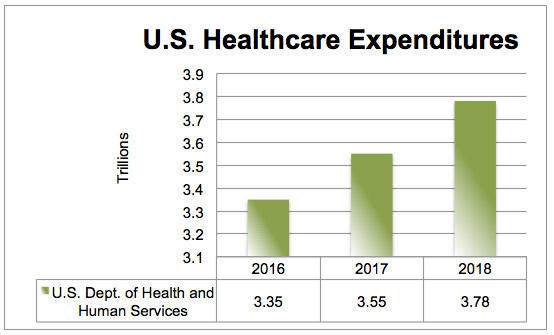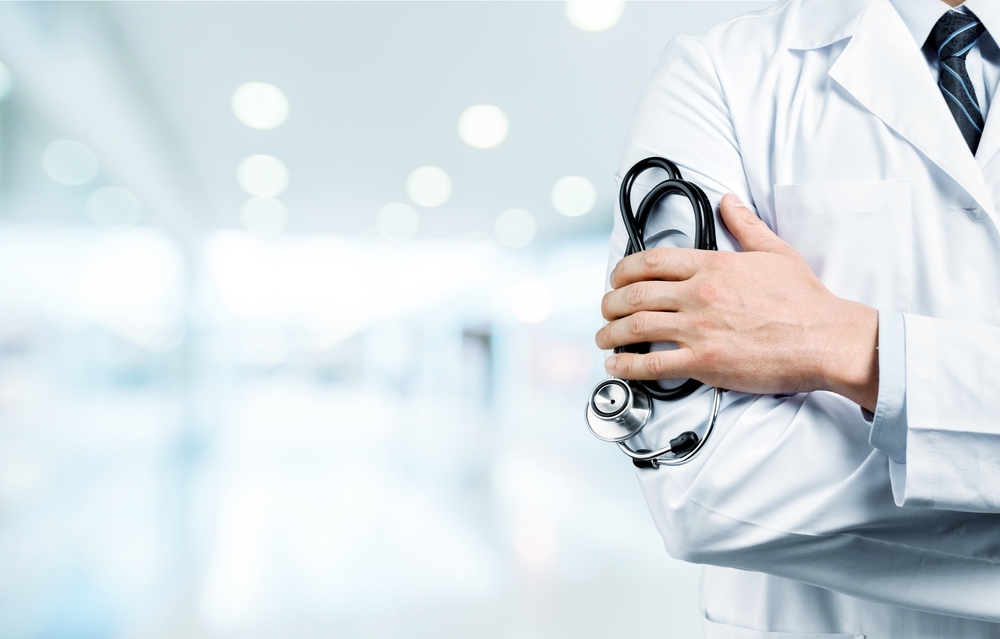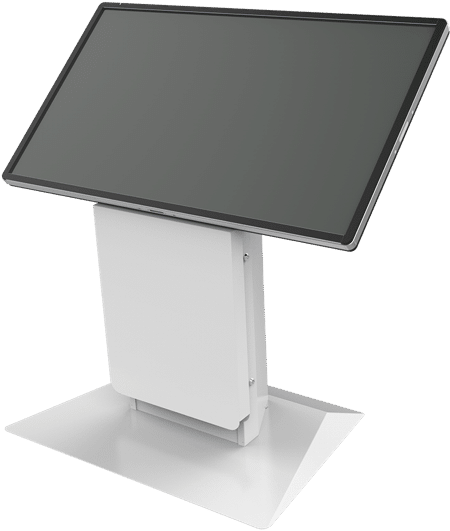By delivering services where consumers live and work, telehealth providers eye a new, more efficient channel for medical care.
No matter what a person’s political persuasion may be, there’s one thing on which nearly everyone can agree: Healthcare costs continue to rise despite efforts to rein them in. Fortunately, telehealth and self-service kiosks can offer relief.
The U.S. Department of Health and Human Services expected healthcare expenditures to top $3.35 trillion in 2016. That’s about $10,345 for every man, woman and child in the country. In addition, a study conducted by PricewaterhouseCooper’s Health Research Institute reports that costs won’t drop anytime soon. It predicts spending on health services will increase 6 percent in 2017 and 6.5 percent in 2018.

The pace of increase is unsustainable, and the demand for relief has motivated officials, academics and entrepreneurs alike to examine every aspect of our healthcare system. The goals: increase efficiency, lower costs and extend healthcare options to more people.
Where to start?
One area of scrutiny is the mundane visit to a general practitioner. Nothing could be more bedrock to our healthcare system, but even a cursory overview of the related overhead begs for streamlining and economies of scale.
Here is just a partial list of what patients fund when they pull up to their G.P.’s office with the steering wheel in one hand and a tissue in the other:
- Rent for the office space
- Liability insurance for the premises
- Office staff
- Telephony
- Computers
- Copiers
- Waiting area furniture and cleaning
- Costs not borne by patients who miss appointments the office then cannot fill
While any medical practice must have most of those features, a new healthcare paradigm is beginning to take hold. It promises to do away with some and share the costs of the others among greater numbers of people. At the same time, advocates promise and early adopters are verifying that treatment is becoming more convenient and more accessible.
That paradigm is telehealth.
The doctor will connect to you now
Telehealth, according to HHS, is …
… The use of electronic information and telecommunications technologies to support and promote long-distance clinical healthcare, patient and professional health-related education, public health and health administration.
Methods for delivering that care include videoconferencing, the Internet and wireless communications, whether the patient and the professional are down the street from each other or on opposite coasts.

Although the term telehealth is sometimes used interchangeably with telemedicine, the latter seems to refer only to remote clinical services, such as diagnosis and monitoring, while telehealth includes the broader range of services described by HHS.
In its most basic iteration, telehealth entails a private space for the patient to speak openly, an internet-enabled kiosk or other system, and a licensed practitioner on the other end. More elaborate configurations include testing equipment, prescription dispensers, scanning devices and more. In any case, it’s all to help the medical professional asses the patient’s condition, prescribe a remedy and administer it either on the spot or with a call to a nearby pharmacy.
What’s more, large organizations can efficiently offer telehealth access as a benefit, such as to employees of larges offices or factories, or students at universities.
Who benefits from the medicine?
Benefits are multiple to several stakeholders.
- Patients may have more convenient access, such as through work or school. Wait-times arguably will be shorter. Cost-savings can result in lower premiums, and wellness-monitoring may help further lower fees.
- Employers or other institutions that deploy telehealth access will see fewer sick days or absences tied to doctor visits.
- Healthcare providers will be able to see more patients with far less overhead in a shorter amount of time.
- Retail centers, such as shopping malls or grocery stores, can offer customers an additional reason to visit with relatively little investment.
Today, at least 31 states and Washington DC require insurance companies to cover telehealth, with several more states planning to enact the requirement in the next few years. According to a survey conducted by the nonprofit National Business Group on Health, about 90 percent of large employers plan to offer telehealth services as part of their employee health plans this year.
But is it contagious?
Still, the concept of remote health care is still in its relative infancy, with a 2016 study pegging the global telehealth market at just $2.78 billion.
“Telehealth is a huge market, but it is still looking for the best model,” said Frank Olea, CEO for Cerritos, Calif.-based kiosk manufacturer Olea Kiosks. “The main obstacle at the moment is a lack of cohesion in laws and reimbursements across different states.”
Another challenge in some rural or impoverished areas is the lack of a sufficiently robust Internet connection. Even where individuals may have adequate home access, they’ll not be able to connect testing equipment such as blood-pressure cuffs or accurate thermometers.
That or any other obstacle to telehealth will likely be temporary, though. Experts predict a compound annual growth rate of 27.5 percent over the next several years, with the marketing swelling $9.35 billion by 2021.
In Part II (read it here), we examine the specific role kiosks can play and the benefits obtainable from them.
Olea’s Verona Healthcare Kiosk was just named the Most Innovative Healthcare Kiosk in March 2017 by Kiosk Marketplace and subsequently received kudos as the Most Innovative Kiosk of the Year. For more information about how kiosks can play a foundational role in your telehealth efforts, call 800-927-803 or email [email protected].

